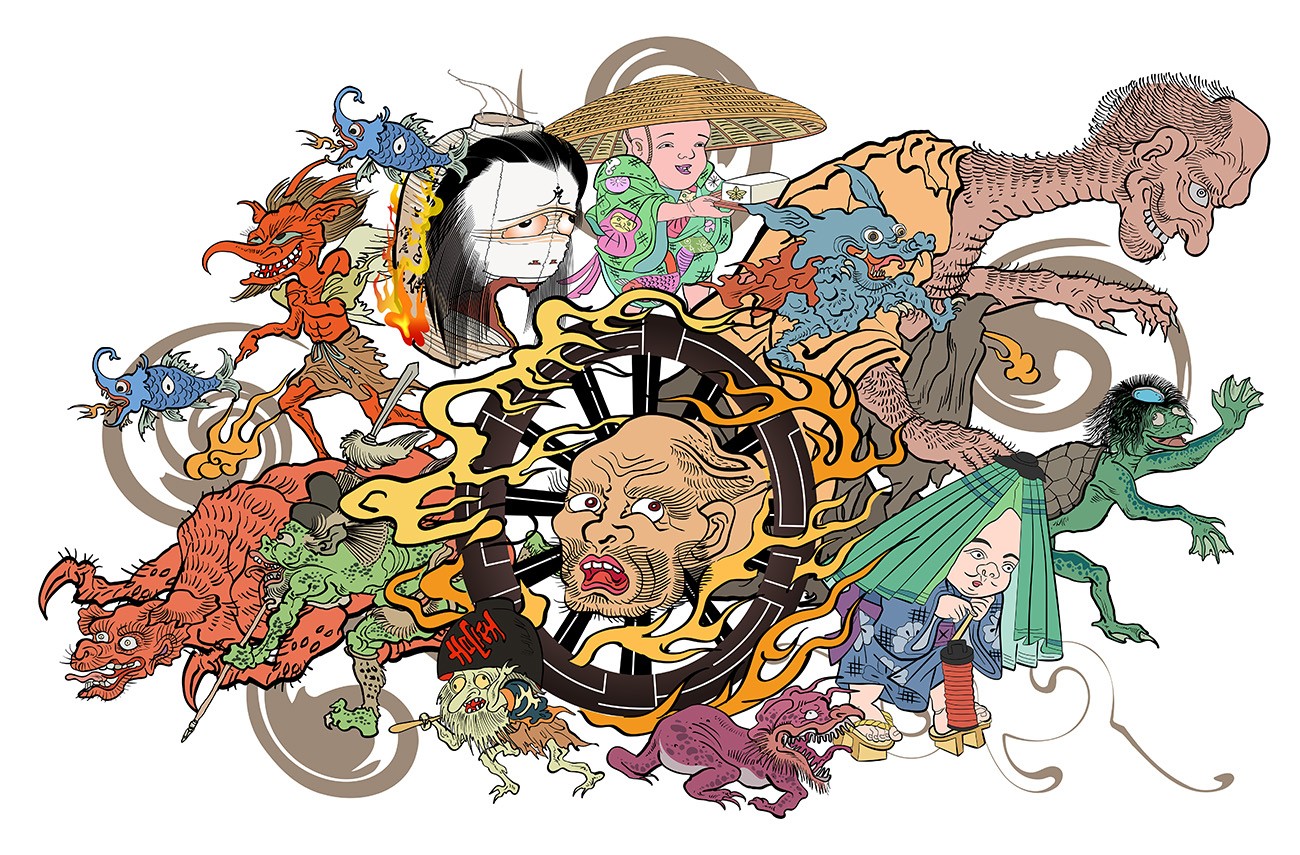
Have you ever seen a yokai? A shadow lurking in the dimly lit streets, or a strange presence in an old, abandoned house—these could be the work of yokai, mysterious beings that might be closer to us than we think. Today, let’s unravel the history of yokai and explore their unique charm!
*By purchasing or booking products introduced in this article, a portion of the proceeds may go to FUN! JAPAN.
What Are Yokai? Why Were They Created?
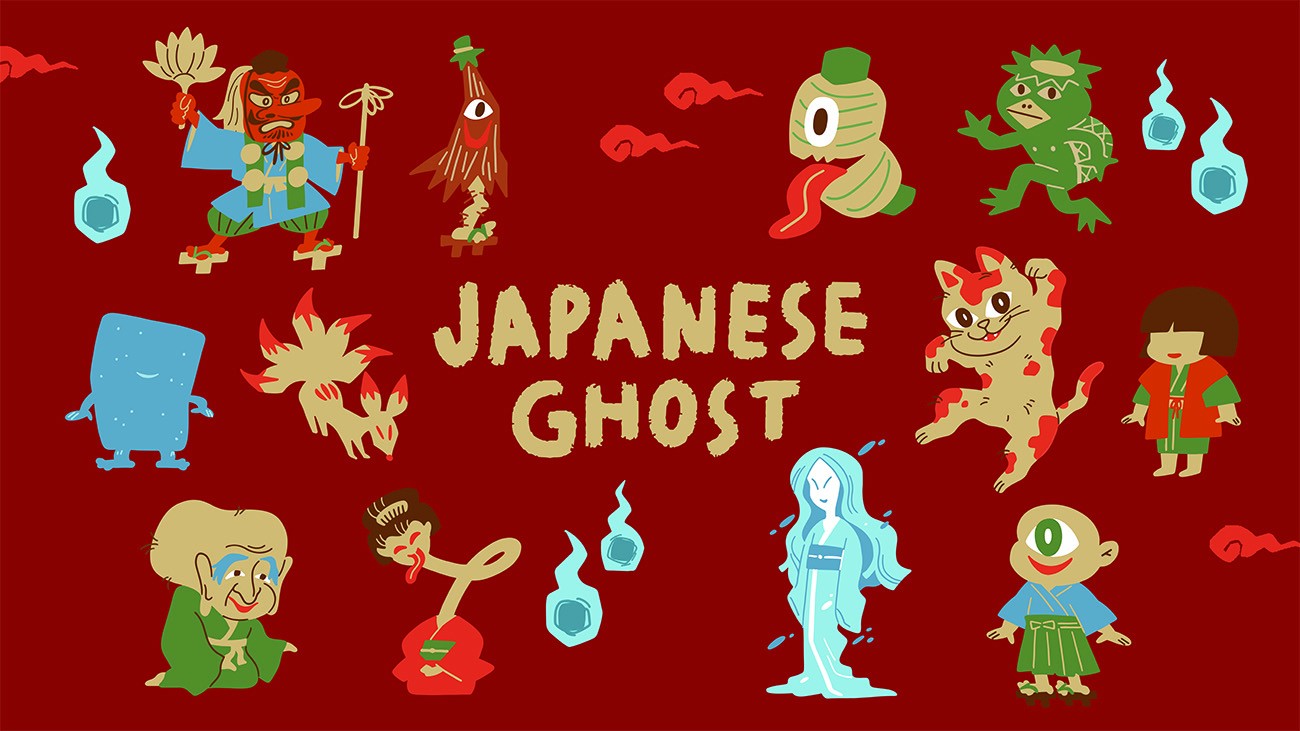
Yokai are entities that defy human understanding, embodying strange or supernatural phenomena. They are beings that exist beyond the ordinary, often attributed with mysterious powers. Yokai are also referred to as "Ayakashi" or "Mononoke" and are commonly believed to be transformations of animals or objects. In ancient times, it was thought that spirits resided in natural objects. Unexplained natural occurrences like thunder or earthquakes were often considered the work of yokai. This reverence for nature’s power gave rise to the concept of yokai. Additionally, yokai can take form as manifestations of human emotions—fears, anxieties, desires, or even the darker corners of the human psyche.
The History of Yokai
The origins of yokai trace back to Japanese mythology and folklore. Ancient texts from the Nara period, such as the Kojiki and Nihon Shoki, include mentions of fearsome creatures like the gigantic serpent "Yamata-no-Orochi" and terrifying oni (demons). These beings are considered the prototypes of yokai.
In the Heian period, tales of strange occurrences and the supernatural were compiled into collections like the Konjaku Monogatari Shu and Uji Shui Monogatari. While these stories documented accounts of yokai, their appearances were rarely described in detail.
By the medieval era, yokai began to take on more defined forms, thanks to the development of picture scrolls and illustrated stories known as otogizoshi. These visual depictions brought yokai to life.
During the Edo period, interest in yokai and ghosts surged. Ukiyo-e artists created numerous works featuring these mysterious beings, captivating the public’s imagination.
Through the ages, yokai have continuously influenced Japanese life, evolving in appearance and character over time. They are symbols of fear but also hold an enigmatic allure, deeply ingrained in Japan’s cultural heritage.
Types of Yokai

Since ancient times, yokai have sparked human imagination, inspiring countless stories and folklore. Their forms are incredibly diverse, and so are the ways they can be classified. Let’s delve into the world of yokai by examining their forms, habitats, and more.
Classifying Yokai by Form: Human, Animal, Plant, and Others
Yokai can be broadly classified based on their appearance and characteristics.
| Appearance | Description | Examples |
| Human-like | Resembling humans, these yokai often blend into human society. | Tengu, Oni, Yukionna, Zashikiwarashi, etc. |
| Animal-like | Taking the form of animals, these yokai exhibit animal-like abilities. | Nekomata, Kitsune, Nue, etc. |
| Plant-like | Appearing as plants, these yokai possess traits associated with flora. | Kodama, Jubokko, etc. |
| Other | Representing natural objects or everyday items. | Karakasa-kozo, Nurikabe, etc. |
Classifying Yokai by Habitat
Yokai can also be categorized based on the places they inhabit, as their environments often shape their traits and stories.
- Mountain Yokai: These yokai dwell deep in the mountains, closely tied to nature. Mountains have long been viewed as sacred yet fearsome places, as their remote and untamed regions are often inaccessible to humans. Examples include Yamamba and Tengu.
- River Yokai: Found in rivers, lakes, and marshes, these yokai have strong associations with water. While water symbolizes life and prosperity, it also poses dangers like floods and drowning. River yokai represent both reverence for and fear of water. The kappa is a well-known example.
- Household Yokai: Some yokai reside within homes, influencing human lives directly. These yokai are believed to affect domestic affairs, sometimes bringing fortune and other times causing trouble. Examples include Zashiki-warashi and Makuragaeshi.
Famous Yokai in Japan: Why Does the Kappa Love Cucumbers?
Kappa
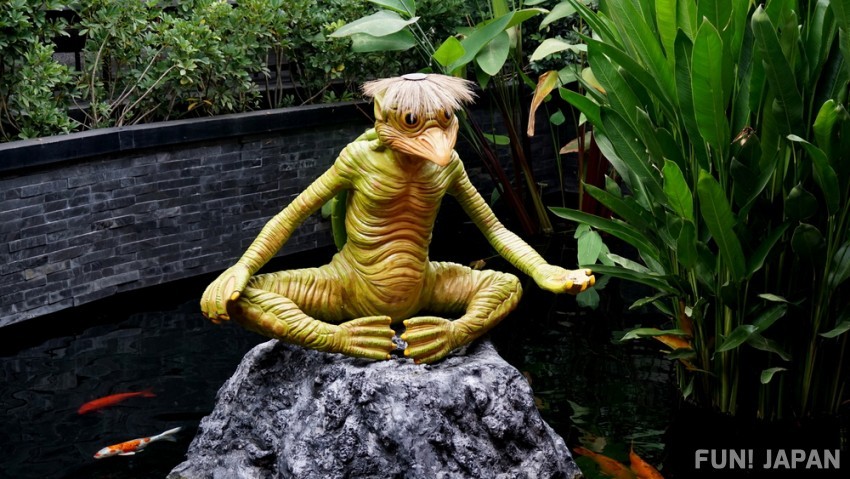
The kappa is a yokai believed to dwell near bodies of water. It is typically depicted as green-skinned, with a dish-like bowl on its head that holds water. This water is the source of its strength, and if it dries out, the kappa loses its power. Mischievous by nature, kappas are known for their love of cucumbers and sumo wrestling. The kappa’s preference for cucumbers is rooted in ancient water deity worship, where cucumbers were often offered as sacred gifts. Since the kappa is thought to be a water god or its diminished form, it has come to favor this refreshing vegetable.
Tengu
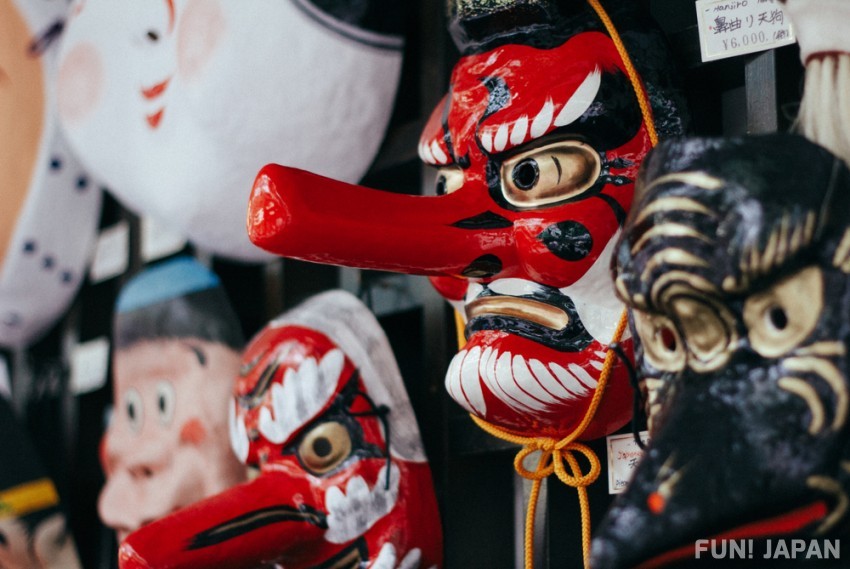
Tengu are yokai that inhabit mountainous regions. Recognizable by their long noses and red faces, they have a human-like appearance but with wings on their backs, allowing them to fly. Tengu are said to possess powerful supernatural abilities and often serve as figures who test or train humans. They are deeply connected to Shugendo and Buddhist traditions, with famous legends tied to places like Mount Kurama (Kyoto) and Daiyuzan (Kanagawa).
Oni

Oni are muscular yokai often depicted with horns, red or blue skin, and wielding a club. They are usually shown wearing tiger-striped loincloths. In traditional stories, oni appear as malevolent beings who harm humans, as seen in tales like "Momotaro" and "Rashomon." However, in modern times, oni also serve as symbols for warding off evil. During Setsubun, people throw beans while chanting "Oni wa soto, fuku wa uchi" (Demons out, fortune in). Oni are believed to embody humanity’s inner fears and evils, serving as reminders of moral discipline and the battle against wickedness.
Yokai and Modern Culture
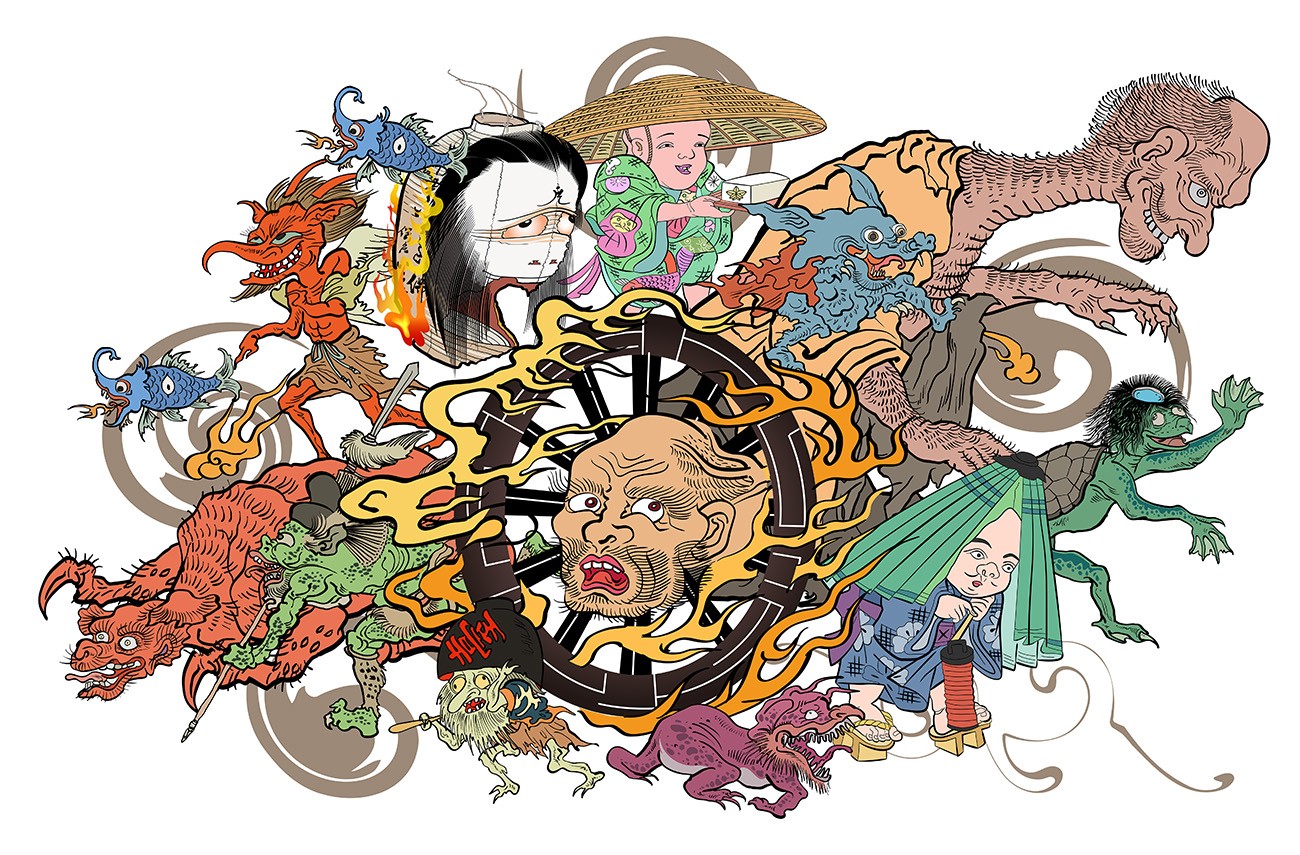
Yokai remain an integral part of contemporary Japanese culture. They frequently appear in anime, manga, games, and other media, often reimagined with unique personalities and narratives. These adaptations have helped preserve yokai culture for future generations while also spreading its charm beyond Japan’s borders.
Notable Works Featuring Yokai
GeGeGe no Kitaro
"GeGeGe no Kitaro" is a manga series created by Shigeru Mizuki, centered around yokai culture. First serialized in 1965, it has been adapted into multiple anime series and continues to be beloved across generations. The story follows Kitaro, the last survivor of the ghost tribe, as he confronts various yokai with the help of his father, Medama-oyaji. This series portrays yokai not just as frightening creatures but as beings with unique traits and backstories. Shigeru Mizuki’s distinctive art style and humanized approach to depicting yokai are key aspects of the series’ enduring appeal.
- Shigeru Mizuki Road in Tottori Prefecture: A Guide to How to Play the World of "Gegege no Kitaro"
- How to enjoy "Tottori Sand Dunes Conan Airport" and "Yonago Kitaro Airport". Can I buy souvenirs?
Mononoke
"Mononoke" is a 2007 anime series that captivated audiences with its unique art style and narrative structure. The story follows a mysterious character known as the "Medicine Seller," who travels across Japan solving supernatural phenomena known as mononoke. These entities, born from strong human emotions such as resentment, anger, or fear, represent disturbances tied to specific events or individuals.
The anime's visual style stands out for its integration of traditional Japanese aesthetics. It uses textures resembling handmade washi paper and incorporates elements inspired by ukiyo-e prints and kabuki theater. These artistic choices create a distinct, immersive world. By blending traditional yokai lore with modern storytelling and animation, "Mononoke" offers both a visually stunning and deeply thought-provoking experience.
Natsume's Book of Friends
"Natsume's Book of Friends" is a manga series by Yuki Midorikawa that began serialization in 2003 and later received a popular anime adaptation. The story revolves around Takashi Natsume, a boy who can see spirits (ayakashi), a gift that alienated him during childhood. One day, he discovers the Book of Friends, an inheritance from his grandmother, Reiko, containing the names of spirits she had bound.
Natsume embarks on a journey to return the names to their rightful owners, encountering various yokai along the way. Through these interactions, he learns about their sorrows, desires, and histories, fostering mutual understanding and trust. The series portrays a touching narrative that bridges the gap between humans and yokai, delivering warmth and empathy to its audience.
Places to Encounter Yokai in Japan
Yokai Art Museum (Kagawa)
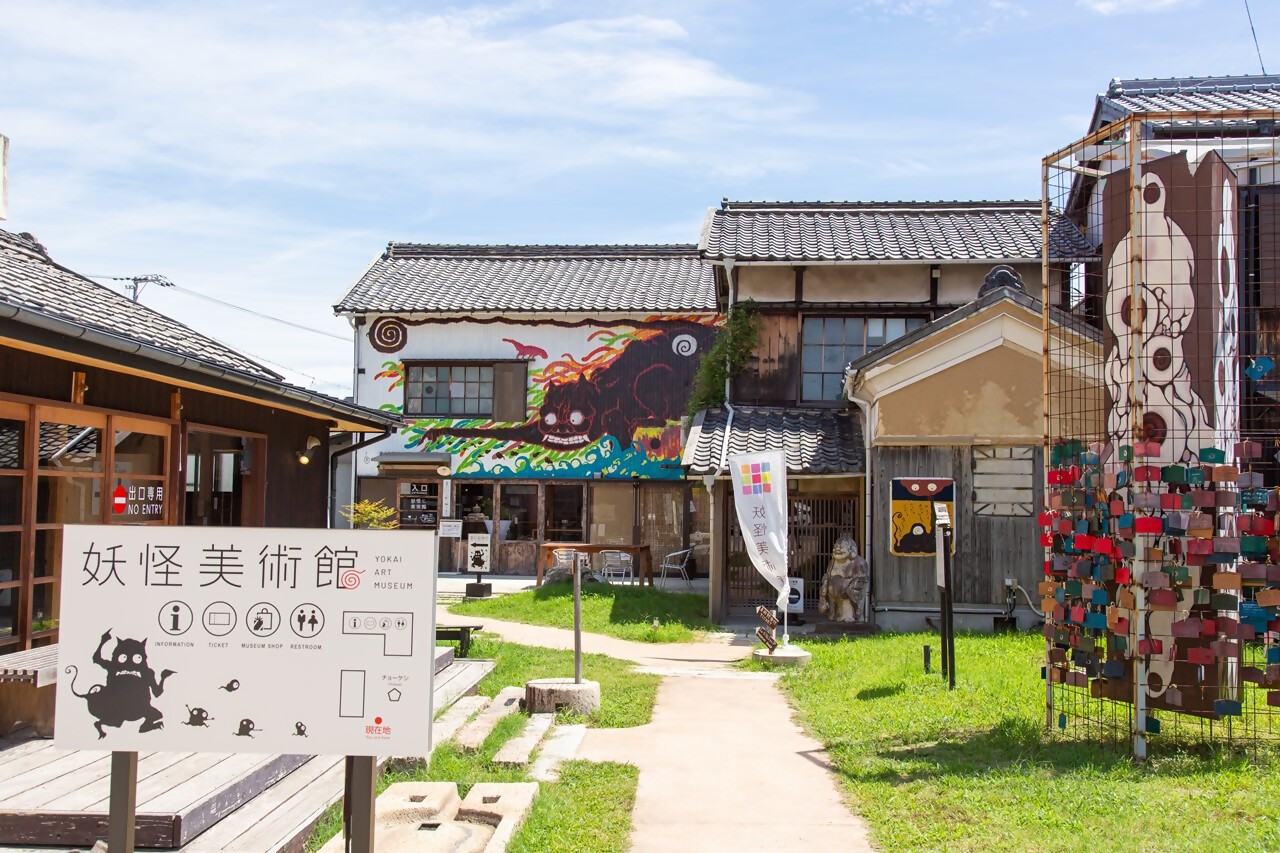
Located on Shodoshima Island, this unique museum houses over 800 reinterpretations of yokai from around the world. The exhibits blend humor and the eerie, providing a fascinating look into how yokai have evolved over centuries. The museum offers an audio-guided tour that traces yokai origins from the Heian period through the modern day, highlighting their transformation over time.
Location: 398 Ko, Tonosho-cho, Shozu-gun, Kagawa Prefecture
- Hours: 9:00 AM – 9:00 PM (Thursdays until 5:00 PM)
- Closed: Wednesdays (Open on public holidays)
- Official website: https://yokaimuseum.on-the-trip.com/
👉Yokai Art Museum Admission in Shodoshima
Taishogun Shopping Street "Yokai Street" (Kyoto)
Known as "Yokai Street," Taishogun Shopping Street in Kyoto’s northern area is based on the "Hyakki Yagyo" (Night Parade of One Hundred Demons) legend associated with this area. The street celebrates yokai culture with events such as the summer Hyakki Yagyo Parade and the Mononoke Market, where visitors can shop for quirky souvenirs and gifts.
- Location: Kamigyo Ward, Kyoto Prefecture
- Official site: http://kyoto-taisyogun.com/youkai-event/
👉 Recommended Leisure Activities, Experiences, and Attractions in Kyoto
Mizuki Shigeru Memorial Museum & Mizuki Shigeru Road (Tottori)
The Mizuki Shigeru Memorial Museum honors the life and works of the renowned manga artist behind "GeGeGe no Kitaro." Visitors can explore exhibits featuring his creative process, original artwork, and a life-sized display of his yokai characters.
The adjacent "Mizuki Shigeru Road" stretches 800 meters from Sakaiminato Station to the museum, lined with 177 bronze statues of yokai, making it a must-visit destination for fans.
Location: 5 Honmachi, Sakaiminato City, Tottori Prefecture
- Hours: 9:30 AM – 5:00 PM (Last entry at 4:30 PM)
- Closed: Open year-round
- Official site: https://mizuki.sakaiminato.net/
👉 Recommended Leisure Activities, Experiences, and Attractions in Tottori

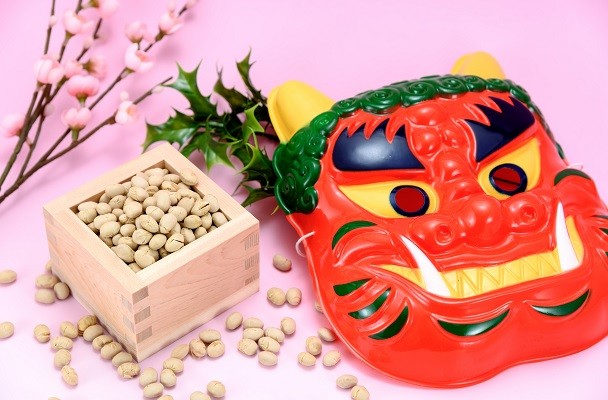
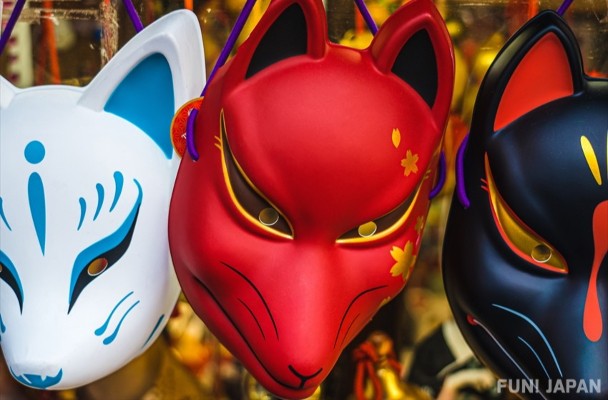
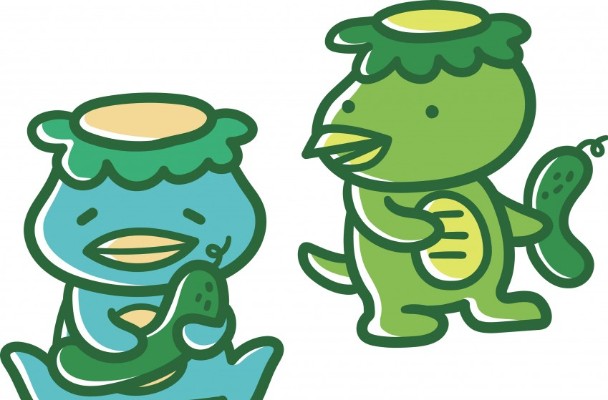
Comments